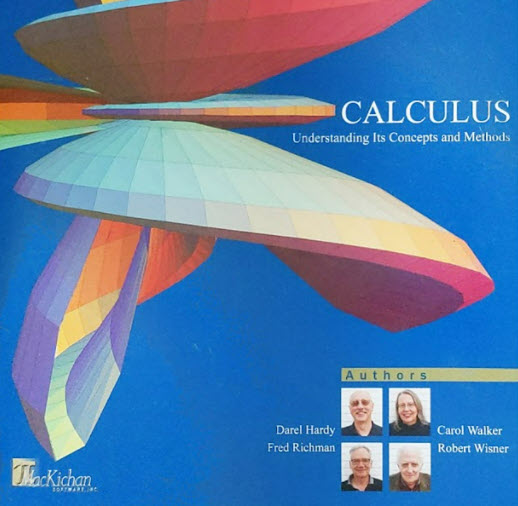Click to view Calculus: Understanding Its Concepts and Methods
Calculus is the mathematics of change. It is a dynamic subject that originated in the study of motion.
Calculus deals with approximations. When measuring rates of change, we often use approximations. We say that the rate of change is the limit of the approximations. Some examples of approximations are measuring the steepness of a curve by approximating it with short straight lines, estimating the area enclosed by a curve with small rectangles or triangles, approximating an infinite sum with finite sums, and fitting a polynomial to a curve.
Calculus deals with ideas that mathematicians and scientists have pondered for centuries: areas and volumes, rates of change, the orbits of planets, infinite sequences.

How do mathematicians, engineers, and scientists do mathematics? They observe patterns and make conjectures as to what causes these patterns. When they solve a particular problem, they use their solutions to solve related problems. They test their solutions on verifiable special cases and compare them with known results. They explain and justify their solutions in words. This is our focus in Calculus: Understanding Its Concepts and Methods.
If you think the steps of your solution are illogical, mysterious, or magical, then your solution is probably flawed and your answer may be incorrect. When too much magic seems to be involved, read some more, experiment, and ask questions. Expect to understand what you are doing. Problem solving is much more useful if you understand the mathematics involved.
We encourage you to experiment, generate plausible solutions, check that your solutions are consistent with your experiments and known partial results, and explain your solutions coherently. That’s how seasoned mathematicians, engineers, and scientists do mathematics. You can do mathematics the same way.
